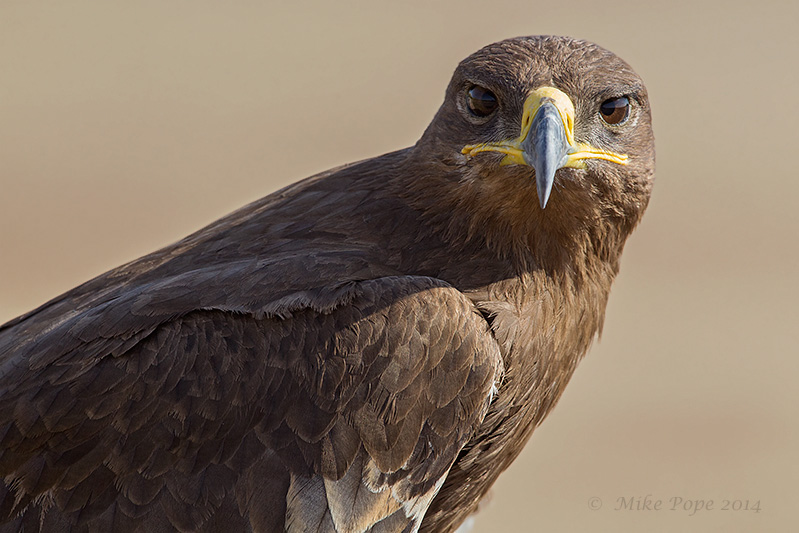We had an early cold front that probably had some influence on the week that was to come, but it started with a flock of 7 juvenile Greater White-fronted Geese that were seen off the Jahra coast. As it transpired, ours must have been part of a much bigger flock that found their way to the western Arabian Gulf; as there were multiple reports of flocks of varying sizes from Saudi Arabia, Qatar, Oman and UAE.
This was the 3rd record for Kuwait which absolutely delighted the local birders and photographers and as they were 1st year birds, turned out to be very tolerant of people, which was to their detriment in the short term. Initially there were 7 birds and this increased to almost 30 by nightfall when they found their way to a roost site. I was among the lucky few who was able to enjoy these special Geese for a short time.
 |
| 1st year Greater White-fronted Goose (Anser albifrons) |
 |
| A dedicated and committed photographer/birder with a tolerant and bemused Goose |
After enjoying the Geese, I spent a little more time in the Jahra area and found a roosting Steppe Eagle that was quite obliging and must have just been resting after an arduous flight. Quite spectacular to get so close to one of our bigger migrant raptors.
 |
| Steppe Eagle (Aquila nipalensis) |
 |
| Portrait of Steppe Eagle (Aquila nipalensis) |
 |
| Female Northern Pintail (Anas acuta) |
 |
| Little Egret (Egretta garzetta) |
 |
| White-tailed Lapwing (Vanellus leucurus) |
 |
| Tree Pipit (Anthus trivialis) |
3rd Greater White-fronted Goose (as in this post)
20th Dead Sea Sparrow
1st Hawfinch (new record for Kuwait and also part of a much larger eruption)
8th Sociable Lapwing
3rd Lesser Flamingo
12th Desert Finch
2nd Purple Sunbird














































